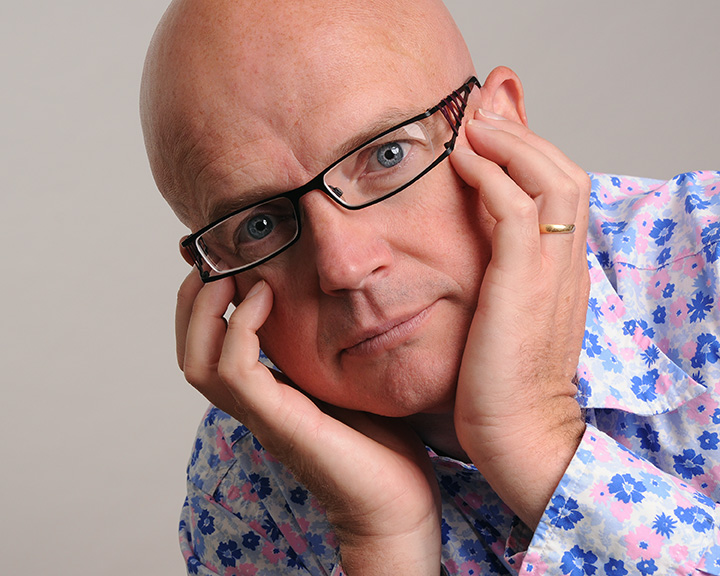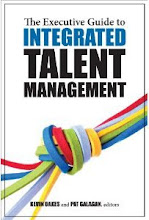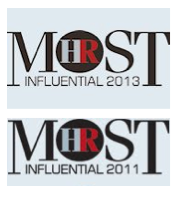So one last post from ATD ICE, or at least from Denver airport. I'd actually forgotten I'd committed to participants in my own session that I'd explain the above slide, which I didn't get to cover in the 75 minutes we had together (and only really had in my slideset to respond to the agenda I'd submitted to get included in the programme). And although it's not really part of the evaluation agenda we discussed, after explaining and demonstrating the framework, it seemed a shame not to fully explain its potential.
But apologies - if you didn't attend the presentation / workshop then the following probably won't make much sense, unless you've seen me elsewhere or are a regular reader of the blog etc.
So basically there are 8 different elements to HR planning which should be included on the value matrix plotting out a people and organisation strategy. This doesn't mean there needs to be eight separate planning processes, just that each of these eight different approaches should be included somewhere within one integrated activity to create the plan.
Part of my reason for using it is that I worry about too many organisations either not completing each different type of plan, or completing each stage but not having the effectively co-ordinated. AXA thinking that workforce planning was an appropriate response to their digital transformation is a good example. There should be one activity, and the sequence is also important:
- Adding value - connecting HR to the business agenda
- Creating value - providing additional opportunities through people
- Talent planning - this can't be done until AV and CV are completed as talent groups will depend upon these two forms of planning
- Workforce planning - longer-term, sustainability oriented planning
- Succession planning - also value for money unless the objective is to raise the bar (successors are always better than their predecessors)
- Value for money - other improvements in activities
- HR process planning - tying all the activities resulting from the previous six steps together
- HR function planning - ensuring HR has the people, relationships, capabilities and technologies etc to deliver the above.
Each of these need objectives and measures too, though I sometimes gather all the different sub-plans together and then do the measures for the whole (as long as you can remember where the objectives came from - remember the secret sauce of evaluation is being clear about what you're trying to do.
Hope that sort of made sense and do check out my other ATD posts before you leave as well:
- An alternative to Kirkpatrick evaluation
- Simon Sinek on social leadership
- The purpose effect
- Lead like a girl
- Looming productivity crisis
Jon.
- Consulting Research Speaking Training Writing
- Strategy - Talent - Engagement - Change and OD
- Contact me to create more value for your business
- jon [dot] ingham [at] strategic [dash] hcm [dot] com
































